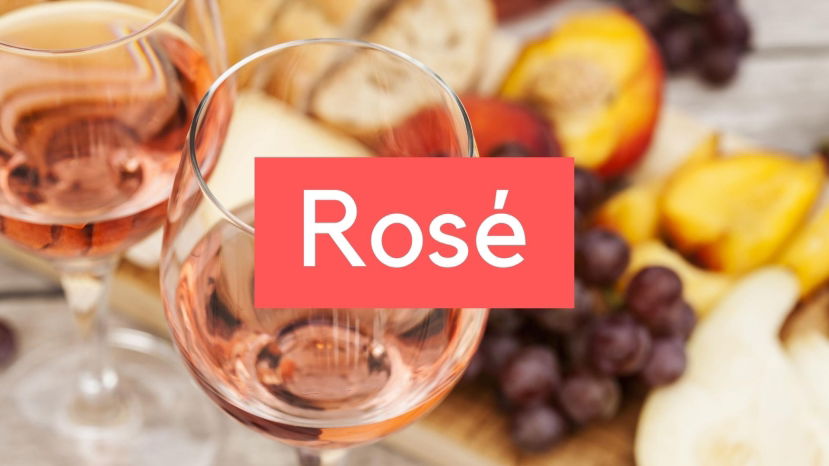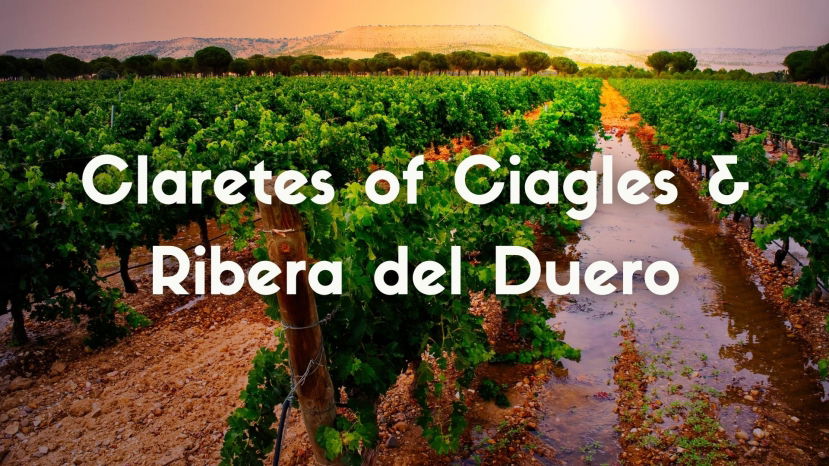BLOG
pink wine
Summary: Rosé winemaking is not as simple as books would have you believe. In fact, there is a wide range of complex vinification techniques resulting in a wide gamut of wine styles and an even wider range of colors and hues. After a year’s worth of research while writing a book on rosé, Elizabeth Gabay, MW, has found that defining and perfecting
Summary: The appellations of Cigales and Ribera de Duero on the high plateau of north-central Spain, have a long history of making claretes (clairet) wines. When their appellations were created they followed different paths. Cigales chose to focus on claretes and Ribera on red wines. Now, with the modern focus on pale pink rosé, commercial pressure is on and the old styles


